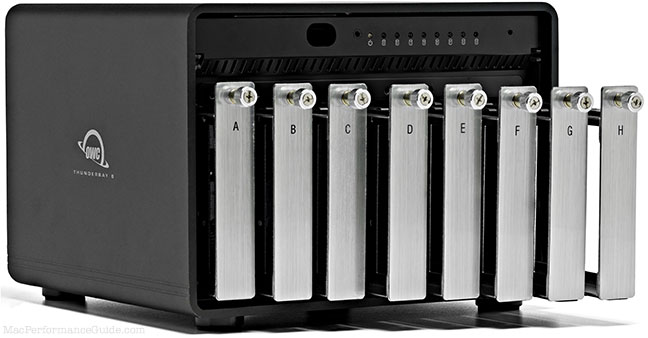Do Lighter Wheels Matter?
Over the years I’ve steadily improved my cycling gear, and I’ve come to appreciate just how pleasant light wheels and tires can be. Switching wheels only reinforces my impressions of the value of a lightweight wheelset.
But it’s fair to ask from a scientific point of view:
- Is rotating weight more important than fixed weight?
- Does a wheelset that is X pounds lighter have any more benefit than a bike that is X pounds lighter?
My wheels
For example, my Lightweight Obermayer and Lightweight Ventoux wheels are about two pounds (a kilogram) lighter than a good set of aluminum wheels, and most of that weight difference is in the rim and tire area, where it has maximum benefit.
Rotating weight counts twice
Weight in the wheel rims and tires counts twice, because it must be accelerated forward, as well as angularly.
Wheel hub weight is the same as frame weight, we’re talking about weight in the outer part of a wheel— the rim and tire and tube. The spoke weight has some minor effect, but on average, the center of mass of a spoke is somewhere half-way out— not a large effect.
From a PhD who worked on gyro systems for military purposes, on the analysis that follows—
I took a look at a more detailed derivation. If one assumes all the mass of the wheel is at the outer periphery (a reasonable approximation), it turns out all the rotation stuff reduces to what you have below for accelerating the rim and tire. So, in fact, the mass of the wheel does require twice the force to accelerate as do the non-rotational parts - interesting!
Other factors
As speed increases, air friction dominates all other factors so much so that beyond 25 miles per hour, everything else becomes almost irrelevant. In such cases, the aerodynamics of the wheel are much more important than its weight. Remember also that the top of a wheel is moving at twice the speed of the bike, and that air resistance is a cubic function with speed, which is why going 30 mph is so much harder than 25mph. In other words, the aerodynamics of the wheel at such speeds dominate everything else.
As a practical matter, the acceleration we’re discussing here is relevant for concern only at lower speeds— below 20 mph, and particularly below 15 mph.
The math
From basic Newtonian physics:
F = ma (force required to increase speed is mass * acceleration)
To accelerate non rotating mass:
F = (R + B + W) * a R = rider weight B = bike weight exclusive of rim and tire (call those W) W = rim and tire a = acceleration
To accelerate rim + tire:
F = W * a
Hence total force required is:
F = (R + B + W)a + Wa
F = (R + B)a + 2Wa
Note the 2Wa term above: there is a multiplier of two (2) for the weight of the rim + tire.
Commentary
Blasts of wind, sprints, overcoming changing in grade, etc are all acceleration, and thus the wheel + tire weight comes into play.
When speed is steady state, there is no difference between bike weight and rim/tire weight. But in the real world, speed is never exactly constant, we have to spurt here and there constantly. I almost never have flat ground, or even a consistent grade, nor a wind-free day.
Applying to my wheels
Checking the tires I run on my Lightweight Obermayer wheelset, I find a difference of up to 3 pounds when accounting for the rim weight, the tire weight, the tube weight (tire and tube being the most important of all). That’s huge, even if it were just non-rotating weight.
Hence my wheels versus a standard aluminum wheel setup with clincher tires makes the bike feel about 6 pounds lighter under acceleration. The feel is phenomenal, really.
However, six pounds must be put into context. When lean, I weigh 178 pounds. Add in 22 more pounds for the bike, accessories, clothing, water, and the total riding weight becomes 200 pounds.
Therefore, six pounds is about 3% of the total weight (for me). For a 145 pound rider, that rises to 3.6%. Neither figure sounds all that impressive. But in fact, it can be felt, and it feels like much more than the numbers would suggest.
Eight-bay Thunderbolt 3 high-performance storage for photo and video.
Hard drives or SSDs.
Non-RAID or RAID-0/1/4/5/10.
Capacities up to 144 Terabytes!
Try it yourself
For skeptics, go buy three pounds of lead fishing shot, and fasten it to the spokes near the rim. Ride your bike, doing some sprints, uphill, etc. Then remove the weights, and instead fasten them anywhere on the bike frame. Repeat your tests, and come to your own conclusions. If you can’t tell the difference, ride a heavy, durable, inexpensive wheelset.
Here’s another take over at VeloNews.




